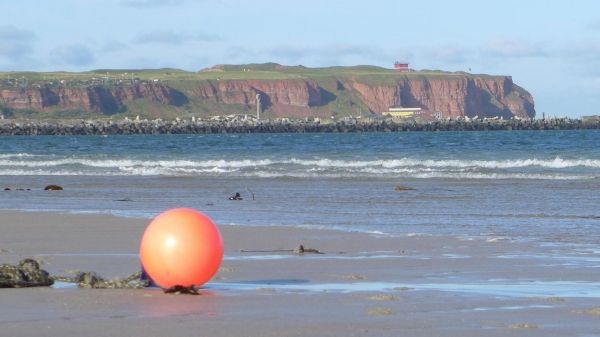Algae take up carbon dioxide (CO2) from the atmosphere and turn the carbon into biomass while releasing the oxygen back to the atmosphere. Fast algal growth during phytoplankton blooms leads to a massive transfer of carbon dioxide into algal biomass. But what happens to the carbon next?
"Once the algae die, the carbon is remineralized by microorganisms consuming their biomass. It is thus returned to the atmosphere as carbon dioxide. Alternatively, if the dead algae sink to the seafloor, the organic matter is buried in the sediment, potentially for a very long time", explains first author Karen Krüger from the Max Planck Institute for Marine Microbiology in Bremen. "The processes behind the remineralization of algal carbon are still not fully understood."
Thus, Krüger and her colleagues investigated microorganisms during spring algal blooms in the southern North Sea, at the island of Heligoland. They specifically looked at the bacterial use of polysaccharides - sugars that make up a substantial fraction of the algal biomass. Together with colleagues from the Max Planck Institute, the University of Greifswald and the DOE Joint Genome Institute in California, Krüger carried out a targeted metagenomic analysis of the Bacteroidetes phylum of bacteria, since these are known to consume lots of polysaccharides. In detail, the scientists looked at gene clusters called polysaccharide utilisation loci (PULs), which have been found to be specific to a particular polysaccharide substrate. If a bacterium contains a specific PUL, that indicates it feeds on the corresponding algal sugar.
Read more at Max Planck Institute for Marine Microbiology
Image: Heligoland is Germany's only true offshore island, famous for its seabirds, seals and duty-free shopping rather than for microscopic algae. But what the MPI-scientists were interested in was the fate of the organic matter once the algae die. (Credit: Max Planck Institute for Marine Microbiology, Naomi Esken)


